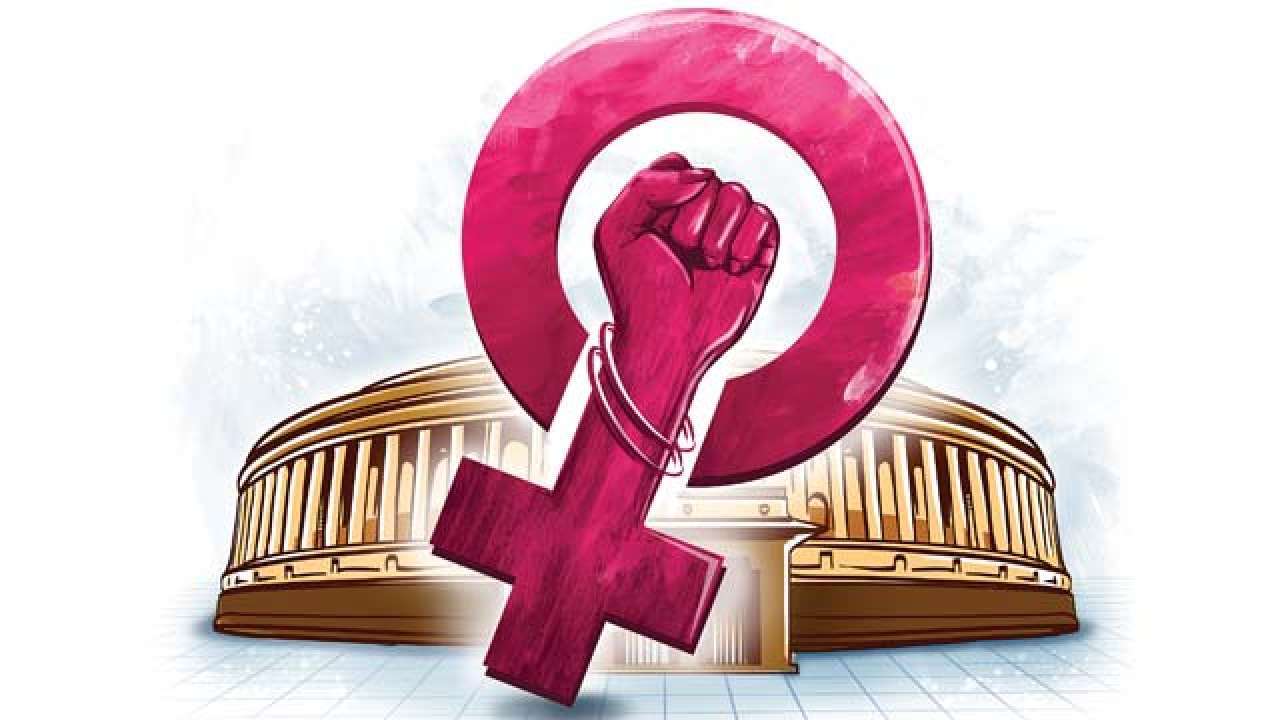On September 18, the Union Cabinet took a historic step by approving the Women Reservation Bill, which mandates a 33 percent reservation for women in both the Lok Sabha and state assemblies of India. This monumental legislation aims to ensure equal representation for women in the highest legislative bodies of the country.
Key Provisions of the Women Reservation Bill
33% Reservation for Women
-
- The Women Reservation Bill mandates that one-third of the seats in the Lok Sabha and state assemblies will be reserved for women candidates.
- This provision aims to promote gender equality and increase women’s representation in India’s legislative bodies.
Rotational Reservation
-
- To ensure fairness and equitable distribution, the reserved seats will be rotated after each general election.
- This mechanism prevents the monopolization of reserved seats by specific political parties or individuals.
Sub-Reservation for Marginalized Groups
-
- The Bill also proposes sub-reservation within the 33 percent quota for Scheduled Castes (SCs), Scheduled Tribes (STs), and Anglo-Indians.
- This sub-reservation recognizes the importance of addressing intersectional inequalities and promoting diversity in political representation.
A Long and Turbulent History
- The Women’s Reservation Bill has a tumultuous history, dating back to its initial introduction in 1996.
- Subsequent attempts were made in 1998 and 1999, but the bill faced significant opposition and challenges.
- A breakthrough occurred in 2008 when the bill was passed in the Rajya Sabha (the upper house of Parliament) in 2010.
- Unfortunately, the bill lapsed due to the dissolution of the Lok Sabha, leading to years of continued debate and discussions.
Current Development
- With the commencement of Parliament’s special session, the Women Reservation Bill has once again taken center stage.
- Its approval by the Union Cabinet marks a significant step towards achieving greater gender equality and political empowerment of women in India.




 Which Crop is known as the White Gold of...
Which Crop is known as the White Gold of...
 Top-10 Countries with the Least Arable L...
Top-10 Countries with the Least Arable L...
 Parliament Approves Sabka Bima Sabki Rak...
Parliament Approves Sabka Bima Sabki Rak...







